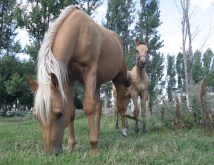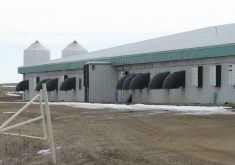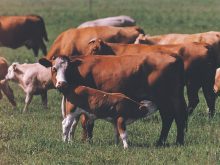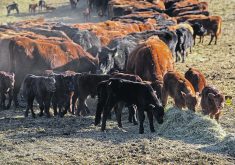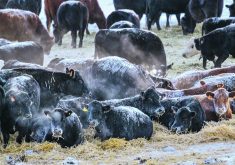Most calf deaths occur in newborns younger than one week old. Many can be avoided.
By providing superior care to neonatal calves and their dams, producers can improve calf health, increase survival and boost their bottom lines.
Dystocia is a major contributor to the loss of newborn calves. Some die during a difficult calving, but many don’t: they die from complications over the next few days. Dystocia is impossible to prevent if it is caused by fetal malposition. However, this is not the case when dystocia results from inappropriate sire selection or poor cow nutrition.
Read Also
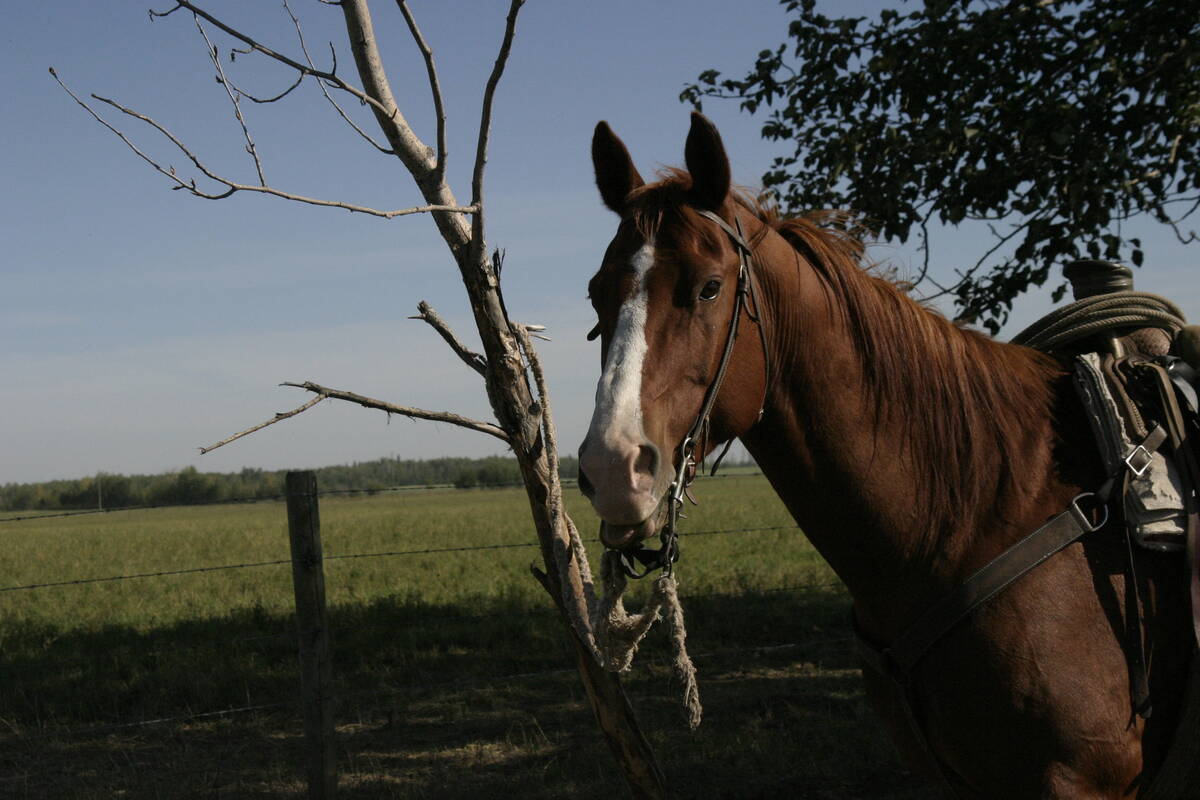
Horses challenged when asked to be weekend warriors
Horses are creatures of consistency. Their bodies and nervous systems are designed for steady, rhythmic movement, low-intensity grazing and regular social interaction.
The most common cause of dystocia is underfeeding, either intentionally or accidentally. Some producers believe that by restricting their pregnant cows’ feed intake, calves will slip through the birth canal more easily because they are smaller at birth.
Although underfeeding does reduce calf birth size, it will not decrease the incidence of dystocia. In fact, a poorly nourished cow is more likely to need a caesarean section. It is also more likely to have a prolonged labour because of overall weakness from poor nutrition.
A calf born to an underfed cow is not only smaller, but also less vigorous. Once born, it is prone to cold stress because it has poor energy reserves. It may also be too weak to get enough colostrum, resulting in substandard disease resistance.
Dystocia has also been linked to overfeeding. This is rarely a concern in commercial herds, but it can be a problem in “hobby” herds where cows get a lot of individualized attention. When a cow is over-conditioned, it lays down an excessive amount of fat in its birth canal, which acts like a physical obstruction to calf passage during calving.
Overweight cows also produce less milk because there is too much fat in their udders. Pregnant cows and heifers should be fed so that they are in moderate body condition at calving – a body condition score of five out of nine.
Sire selection also has an enormous impact on the incidence of dystocia. Bulls should be chosen for calving ease, especially when they are breeding heifers.
Newborn calf management directly affects survival rates. A calf needs assistance if it is weak or unable to stand and nurse. Producers can increase calf survival by intervening earlier.
In some cases, especially following a dystocia, it may be appropriate to milk the cow immediately and then bottle feed or tube feed the calf to ensure it gets an adequate amount of colostrum.
A calf that seems depressed might have hypothermia (low body temperature), hypoglycemia (low blood sugar), hypoxia (low blood oxygen) or acidosis (high blood acids). Treating calves appropriately and aggressively improves calf survival.
A hypothermic calf needs to be warmed. If it has a body temperature above 35.5 C, a heat lamp, hot box or warm water bottle could be used to raise its body temperature to a normal 39 C. If it is colder than this, it may need warm fluids – orally, intravenously or rectally -to successfully reverse the hypothermia. It also helps to rub the calf’s skin and dry its hair with a hairdryer.
The warming process should be slowed once the calf’s temperature rises above 37 C.
It is easy to overheat a previously cold calf because its temperature regulation system is not functioning well. Hyperthermia, which is a high body temperature, can be just as deadly.
Hypoxia and acidosis often occur simultaneously. When a calf does not breathe properly, it becomes hypoxic because it doesn’t inhale enough oxygen. Carbon dioxide also builds up in the blood, contributing to the acidosis.
If a calf remains depressed even after warming, it may need bicarbonate to reverse acidosis. Though bicarbonate can be given with oral solutions, intravenous therapy is often preferred because it has a more immediate effect.
Hypoglycemia strikes slightly older calves. It occurs when a calf does not consume enough colostrum. A hypoglycemic calf is dull and sometimes non-responsive.
This condition can be treated by giving the calf an intravenous injection of dextrose: one-half millilitre of 50 percent dextrose for each 10 pounds of body weight. Calves will usually respond to this therapy in less than 10 minutes.
To improve calf survival, producers need to feed their cows optimally, minimize dystocia, ensure their calves get sufficient colostrum, observe them carefully and intervene at the first sign of a problem.


